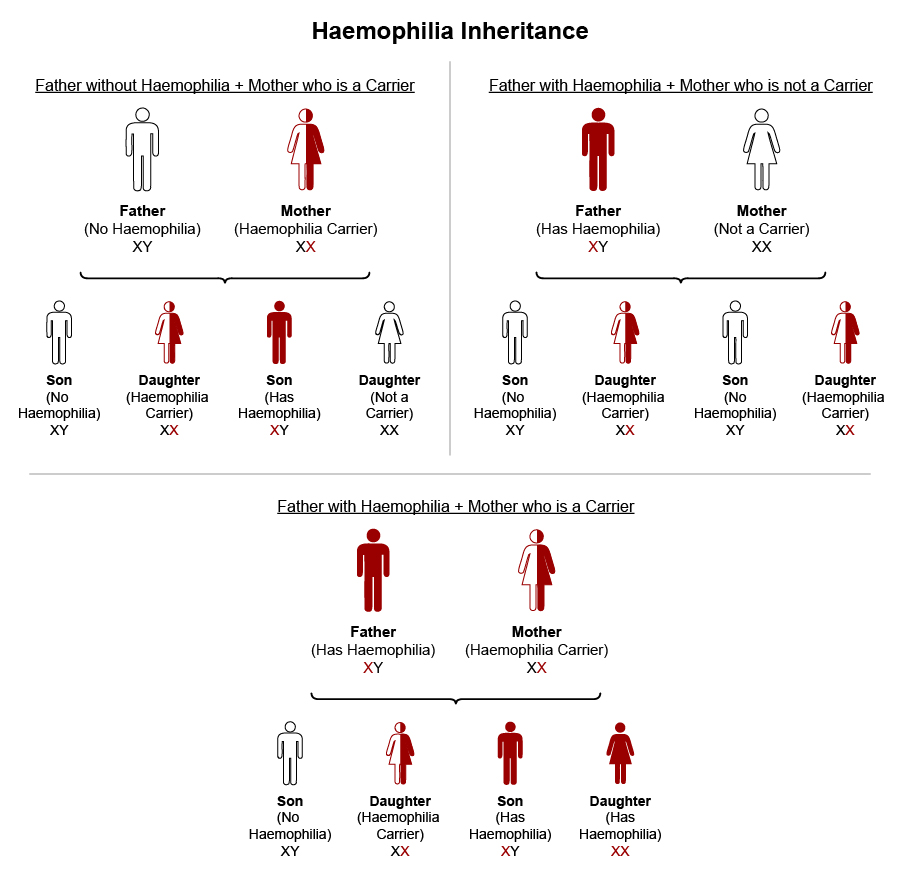There is currently no cure for Haemophilia.
The treatment is factor replacement therapy in the form of injections into the vein with Factor VIII concentrate for Haemophilia A or Factor IX concentrate for Haemophilia B. Therapy can be given in two ways:
Prophylactically (Preventive)
Factor VIII or Factor IX injections are given on a regular basis (at least once weekly, up to every other day) to prevent bleeding. This is currently recommended for children with severe Haemophilia as they are prone to bleeding anytime even if there is no injury.
"On demand"
Factor VIII or Factor IX injections are given whenever there is any suggestion of a bleed. This is usually a bleed into a joint and presents with swelling, increased warmth or pain over the joint.
The dose of Factor VIII or IX concentrate depends on the weight of the child as well as the severity of the bleeding. The medicine must be prescribed by a doctor specialising in haematology. Parents may stock up on the medicine at home so that they can give the injections immediately whenever their child has any bleeding. This medicine is expensive and has to be stored in the refrigerator. Parents will be taught how to administer the injections at home (home therapy).
Children with veins that are difficult to find may have to undergo a surgery to insert a portacath, which facilitates the administering of injections. This device consists of a central venous line (a line inserted into a large vein near the heart), that is connected to a "port" buried underneath the skin on the child's chest. Medicines such as Factor VIII or IX concentrate can then be injected directly into the "port" on their chest and into their vein.
The portacath has to be removed and changed if it is blocked or infected. It generally lasts two to three years.
In the event where a child has internal bleeding, Factor VIII or IX replacement therapy must be given in the form of injections into the vein as soon as possible. If severe internal bleeding such as bleeding in the brain or abdomen occurs, the child has to go to the hospital immediately. This is an emergency as it may be life-threatening. The child will be given very high doses of Factor VIII or IX concentrate in the hospital and may require close monitoring in the Paediatric Intensive Care Unit.
Inhibitors
Some children may develop inhibitors in the course of Haemophilia treatment. Inhibitors are antibodies that bind to Factor VIII or IX. This means that the normal factor replacement therapy is no longer effective. This occurs in approximately 20% to 30% of people with Haemophilia A2 and 3% of people with Haemophilia B3 on factor replacement therapy. It can happen as early as the first few days after Factor VIII replacement therapy has started and usually occurs within the first few months. The risk of developing inhibitors is related to the type of Haemophilia genetic mutation the child has.
It can be difficult to treat Haemophilia in children with inhibitors as they suffer from more severe bleeding and joint problems. For patients with low levels of inhibitors, using higher doses of Factor VIII or IX concentrate may be effective in controlling bleeding. For patients with high levels of inhibitors, they will need other medicines to bypass the pathway to control the bleeding such as Factor Eight Inhibitor Bypassing Activity (FEIBA). However, these medicines are very costly.
Immune Tolerance Induction (ITI) is an immune system "desensitisation" technique used to remove a clotting factor inhibitor. This therapy requires administering high doses of Factor VIII or Factor IX concentrate daily until the inhibitor is no longer detectable. ITI is successful in about 70% of patients with Haemophilia A4 but it takes a long time, generally 6 to 12 months, for inhibitors to disappear.
















